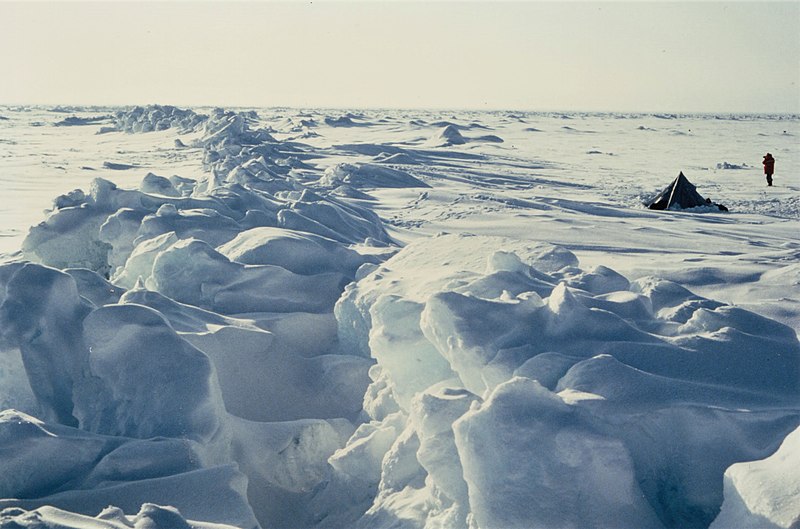
The U.S. National Snow and Ice Data Center (NSIDC) reported that sea ice surrounding Antarctica reached record low levels during this winter, raising concerns among
scientists about the escalating impact of climate change in the southern polar region.
This decline in sea ice can have severe consequences for species like penguins that rely on it for breeding and raising their young. Additionally, it exacerbates global warming by reducing the amount of sunlight reflected by white ice into space.
Antarctic sea ice reached its maximum extent this year on September 10, covering 16.96 million square kilometers (6.55 million square miles), the lowest winter maximum since satellite records began in 1979, according to NSIDC. This marks a reduction of about 1 million square kilometers compared to the previous winter record set in 1986.
"It's not just a record-breaking year, it's an extreme record-breaking year," emphasized NSIDC senior scientist Walt Meier.
NSIDC has noted that these figures are preliminary, with a comprehensive analysis set to be released next month.
In the Southern Hemisphere, seasons are reversed, and sea ice typically peaks in September at the end of winter before gradually diminishing to its lowest point in February or March with the arrival of summer.
In addition to the record low in winter sea ice extent, the Antarctic experienced a record-low summer sea ice extent in February, surpassing the previous record set in 2022.
While the Arctic has witnessed significant sea ice decline over the past decade due to climate change, the impact on sea ice near the southern pole had been less certain. Sea ice extent in Antarctica had been expanding between 2007 and 2016.
However, the recent shift towards record-low conditions has raised concerns among scientists that climate change may finally be manifesting itself in Antarctic sea ice.
Although Meier cautioned against drawing hasty conclusions, an academic article published earlier this month in the journal Communications Earth and Environment pointed to climate change as a potential contributing factor.
The study highlighted that warming ocean temperatures, primarily driven by human-induced greenhouse gas emissions, have played a role in the reduced sea ice levels observed since 2016.
Ariaan Purich, a sea ice researcher at Australia's Monash University who co-authored the study, emphasized, "The key message here is that to protect these frozen parts of the world that are really important for a whole number of reasons, we really need to reduce our greenhouse gas emissions." Photo by Matti&Keti, Wikimedia commons.









































